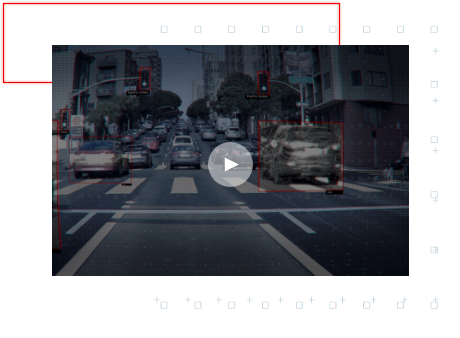What's automation?
Automation is the use of technology to perform tasks with reduced human assistance. Any industry that encounters repetitive tasks can use automation, but automation is more prevalent in the industries of manufacturing, robotics, and automotives, as well as in the world of technology—in IT systems and business decision software.
IT automation
A system of instructions that carry out a repeated set of processes to replace manual work done to IT systems, such as automating provisioning using a standard operating environment (SOE).
Business automation
The alignment of business process management (BPM), business process automation (BPA), business rules management (BRM), and business optimization with modern application development to respond to market changes.
Business process automation
The use of software to automate repeatable, multistep business transactions.
Robotic process automation
The use of software robots to perform repetitive tasks previously done by humans.
Industrial automation
The reduction of human labor in manufacturing processes as part of factory automation efforts, usually to the point where human workers simply provide oversight at a control panel or other human-machine interface (HMI).
Artificial intelligence
Rules-based software that performs tasks typically accomplished with human intervention.
Machine learning
Adaptive algorithms that use predictive models to perform tasks without explicit instructions—automatically modifying algorithms with each completed task
Deep learning
Multiple adaptive algorithms, automation software, and programs that perform a fixed repetitive task—such as extracting small details from raw images.
Why automate?
Automation helps businesses on their path to digital transformation. Organizations today are dealing with major disruption—think Airbnb, Amazon, etc. They’re challenged with supporting their employees and partners, reaching new customers, and providing new, innovative products and services faster.
They want and need to be the ones disrupting their own industries.
Automation is critical to managing, changing, and adapting not only your IT infrastructure, but the way your business operates through its processes. By simplifying change through automation, you gain the time and energy to focus on innovation. The automated enterprise's goal is to get work done faster. This frees up IT staff to focus on bigger issues, resolving them, and—in turn—making them routine and eligible for automation.
To break it down further:
- IT operations is hard work. It's even harder to keep up with legacy systems and processes while adopting new ones.
- Requirements and demand are growing exponentially faster than IT and business capabilities.
- New methodologies like DevOps are forcing cultural changes.
- The scale of technology (virtualization, cloud, containers, etc.) is too great to do manually.
- Automation gets you there.
Advantages of automation
Automation is meant to improve efficiency and productivity by automating tasks that are repetitive or routine. Its purpose is not meant to replace people—the goal of automation is to augment human capabilities, rather than replace them. This is the paradox of automation—as you become efficient using automation, human involvement becomes both more important and less frequent.
Instead of seeing automation as a tool that eliminates jobs, the reality is that it allows more experienced IT staff to focus on bigger problems and their solutions, rather than mundane, day-to-day, repeated tasks.
Advantages
- Greater productivity. Your staff can spend more time making a bigger impact on your business. Leave the repetition to software.
- Better reliability. By reducing the amount of human intervention, you run into less oversights and issues. All of the same things happen the same way—every time. That way you know exactly when processes, tests, updates, workflows, etc. are going to happen, how long they’ll take, and that you can trust the outcomes.
- Easier governance. More people means more potential for knowledge gaps. More knowledge gaps means one side of your business might not know what, or who, is involved on the other side. Codifying everything means better control.
Challenges
- Cost. Building an effective automation solution takes time and energy. Work with a trusted partner like Red Hat—who is able to handle the heavy lifting for you—to help you save and get running faster.
- Scope. Automation doesn’t mean intelligence. Depending on what’s automated and how it’s constructed, some parts may be vulnerable outside of that scope. Limiting automation in some aspects or functions can mitigate this concern. Your automation is only as smart and safe as how it’s implemented, so keep that in mind.
Why choose Red Hat for IT automation?
Red Hat works with the greater open source community, on automation technologies. Our engineers help improve features, reliability, and security to make sure your business and IT performs and remains stable and secure.
As with all open source projects, Red Hat contributes code and improvements back to the upstream codebase—sharing advancements along the way. Red Hat also uses Red Hat products internally to achieve faster innovation and the flexibility to navigate unpredictable challenges.
Red Hat Ansible Automation Platform includes all the tools, services, and training needed to implement enterprise-wide automation. It delivers open source innovation, hardened for your enterprise—so you can boost productivity and reduce time-to-completion for new projects.
With a Red Hat subscription, you get certified content from our robust partner ecosystem, access to hosted management services, and life cycle technical support that allows your teams to create, manage, and scale automation across your organization. And you’ll get expert knowledge gained from our success with thousands of customers.




